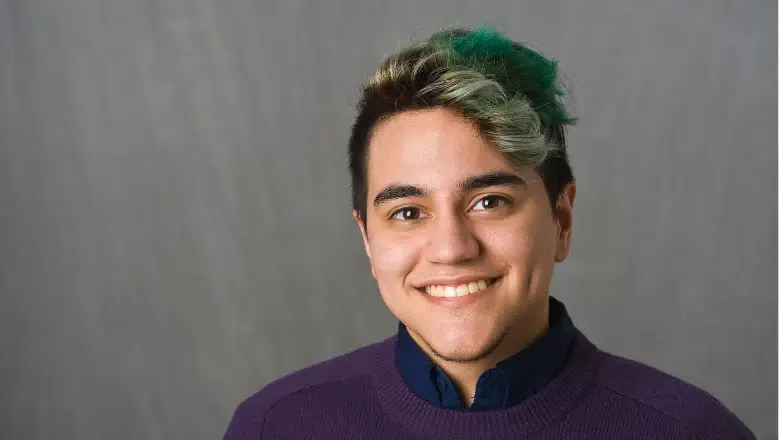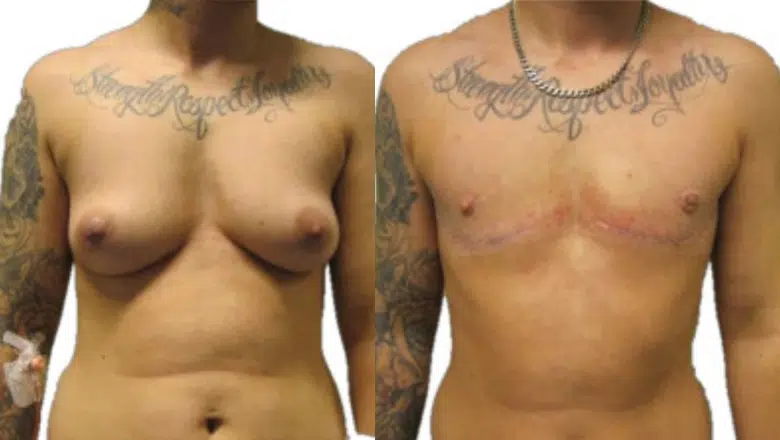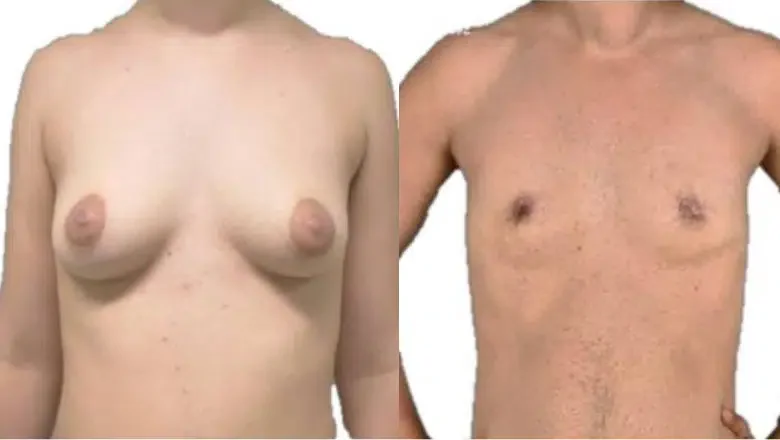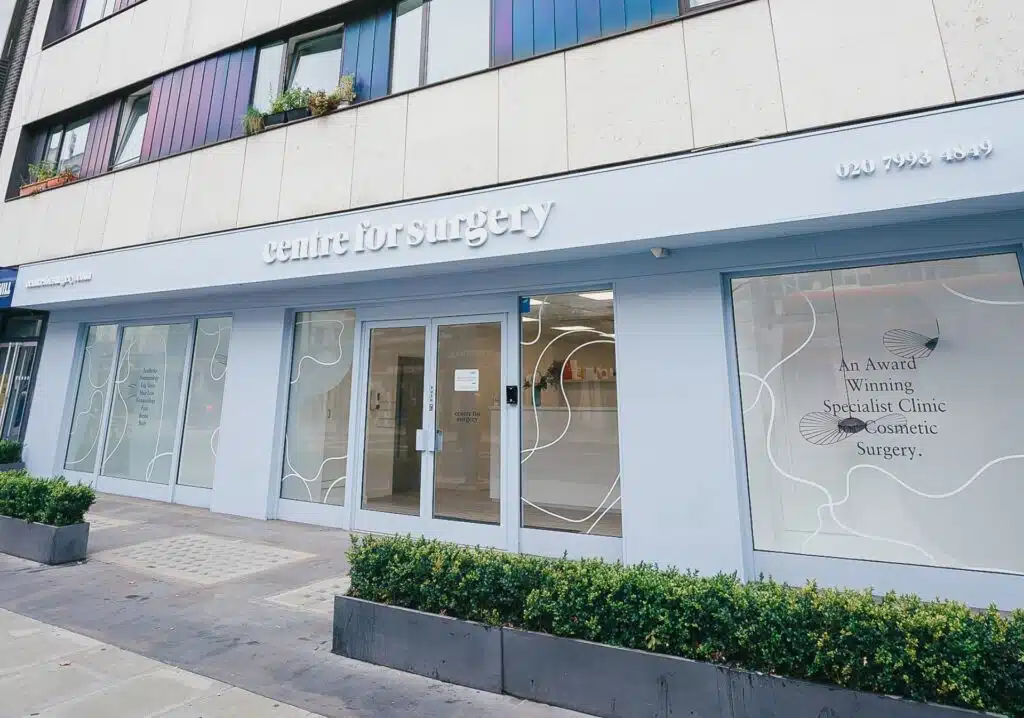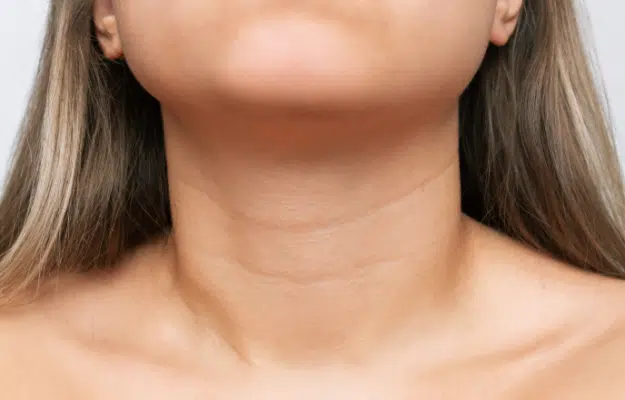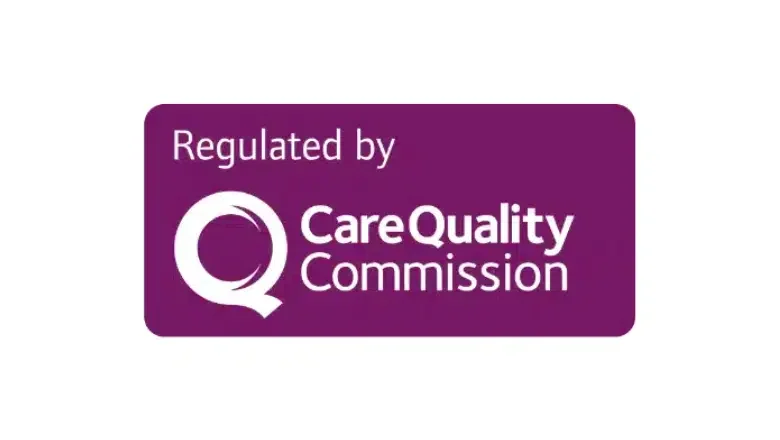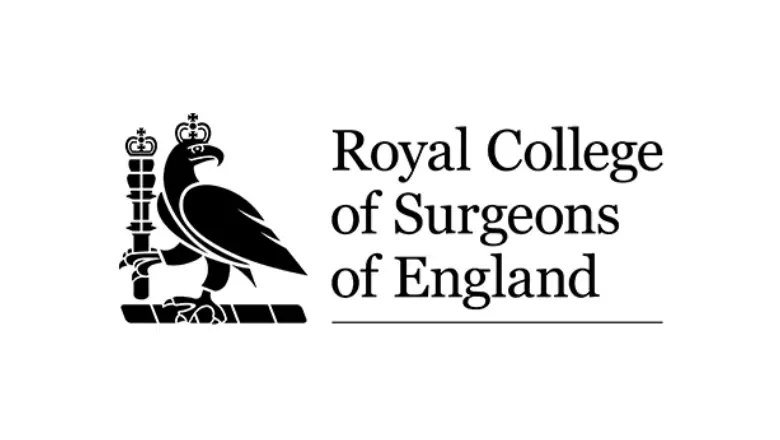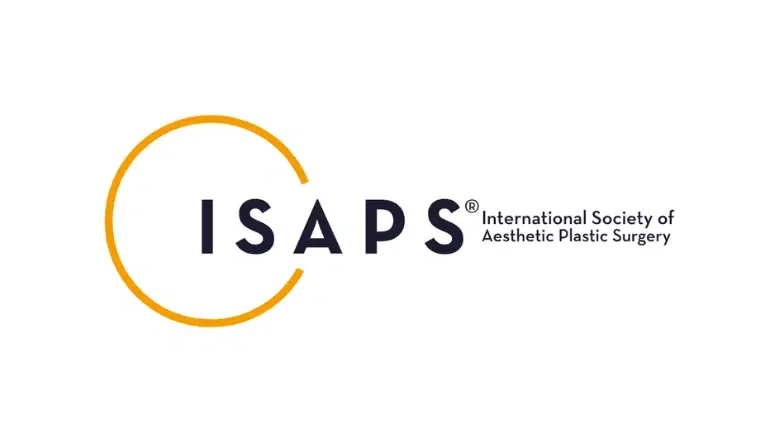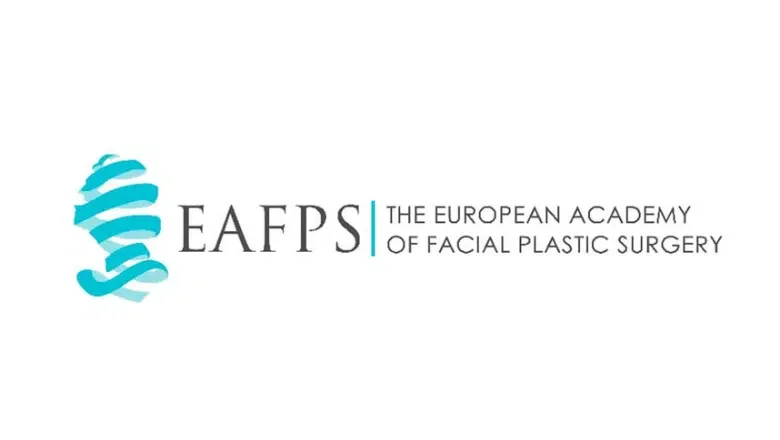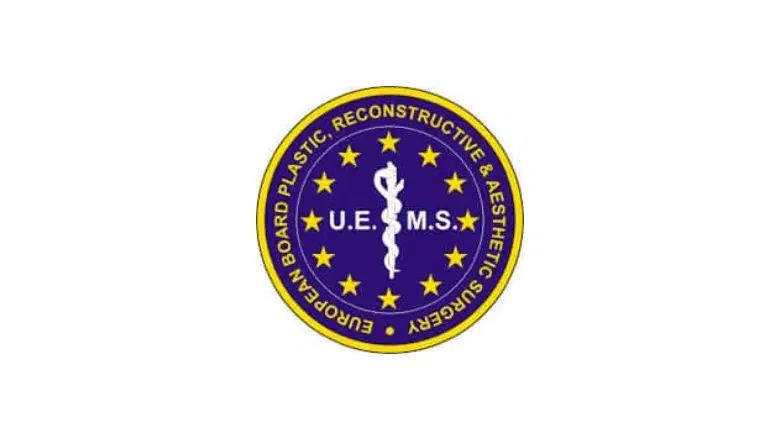At Centre for Surgery, our priority is to offer detailed insights and assistance to our patients. We understand the importance of informed decision-making, especially regarding FTM top surgery. Our educational materials are designed to help patients thoroughly understand their treatment options. This approach ensures that each individual feels confident and well-informed about their journey towards transformation.
What’s the minimum age to qualify for FTM/N top surgery?
The minimum age for undergoing FTM (Female-to-Male) top surgery, as per the guidelines set by The World Professional Association for Transgender Health’s Standards of Care, is 18 years old. This age threshold is established to ensure that individuals seeking FTM surgery for torso masculinisation are legally adults and can make informed decisions about their health and bodies.
Do I need a GP referral to undergo FTM/N Top surgery?
While a GP referral can be beneficial, it is not a mandatory requirement for undergoing surgery at Centre for Surgery. Patients can directly approach us for consultation and surgical services without a referral.
Do you also perform bottom surgery?
Currently, our clinic does not offer bottom surgery. Our gender affirmation surgical procedures are focused on other procedures, including top surgery and FFS.
Can I undergo surgery if I am overweight?
The impact of weight on surgical outcomes is significant. For top surgery, candidates need to maintain a healthy and stable weight. Ideally, candidates should have a Body Mass Index (BMI) below 30. This guideline ensures the best possible results and enhances the safety of the surgical process.
How Do I Prepare for FTM/N Top Surgery?
To ensure the best possible outcome and a swift recovery from your FTM top surgery, it’s crucial to be in optimal health. Here are some steps to prepare:
- Quit Smoking: Stop smoking at least 4 to 6 weeks before your surgery. Smokers face a higher risk of post-surgical complications, as highlighted by the World Health Organization (WHO).
- Avoid Alcohol: Stop consuming alcohol at least one week before your surgery. Even small amounts can weaken the immune system and slow down the healing process.
- Maintain a Healthy Weight: If you’re overweight, aim to reach a stable and healthy weight before the surgery. Follow a nutritious diet rich in protein, vitamin C, and zinc, which are essential for healing.
Do I Need to Remove Body Piercings?
Most of your body piercings can stay in place, except for those that might interfere with the surgery, such as piercings in the nose, mouth, and chest area. Our anaesthetist will provide guidance on which piercings need to be removed and assist with any other pre-surgical preparations.
Will I need blood tests before top surgery?
Blood tests are a common prerequisite for many medical procedures, including top surgery. These tests are vital to confirm your suitability for surgery and to ensure the safety and success of the operation. Your doctor will discuss the requirement for blood tests during your initial consultation.
What are the different types of FTM top surgeries you offer?
At our clinic, we specialise in two types of FTM/N top surgery: the double incision mastectomy and the keyhole mastectomy procedure. Each type is suited to different patient needs and body types, ensuring tailored and effective results.
RELATED: Which FTM Top Surgery Procedure Is Right For Me?
How do I know if I am a candidate for a Keyhole or double incision mastectomy?
To determine if you are a suitable candidate for either the keyhole or double incision mastectomy, the process begins with an initial consultation at our clinic. During this session, our experienced doctors will conduct a thorough clinical assessment. They will consider various factors such as your chest size, skin elasticity, and overall health. Based on this assessment, they will recommend the most appropriate surgical option tailored to your specific body type and goals. This personalised approach ensures that you receive the treatment that best aligns with your needs and expectations.
Where is the Top surgery performed?
Our top surgeries are conducted at our well-equipped Baker Street clinic in Marylebone. The clinic provides a comfortable and safe environment for this transformative procedure.
How is FTM Top Surgery Carried Out?
FTM Top Surgery, a significant step in the female-to-male transition process, is performed using two primary techniques at our clinic: the double incision mastectomy and the keyhole (or periareolar) top surgery.
The double incision mastectomy, also known as a bilateral mastectomy, involves creating two incisions. This method allows for the complete removal of breast tissue. Additionally, the nipple is taken off, resized, and repositioned to create a more masculine chest appearance. This technique is particularly suitable for individuals with larger, overhanging breasts.
In contrast, the keyhole top surgery involves an incision made around the areola’s edge. This method might include adjusting the nipple and areola to achieve a more masculine look. A significant advantage of this technique is the increased likelihood of maintaining nipple sensitivity post-surgery. It is ideal for individuals with smaller chest sizes and tight skin in the chest area.
Both of these procedures are conducted under general anaesthesia in a sterile, controlled surgical environment within our Baker Street clinic, ensuring safety and precision.
Will I have drains after top surgery?
The necessity for drains depends on the type of surgery you undergo. Typically, drains are used in the periareolar or keyhole mastectomy procedure to aid in healing and reduce fluid accumulation. They are usually removed after 48-72 hours.
Can I Drive Home by Myself After FTM Top Surgery?
It’s not advised to drive yourself home post-surgery. You should have someone ready to pick you up from the clinic. The time it takes before you can drive again varies based on your specific surgery and how your body recovers. Before you can safely drive, you need to be able to move your arms freely without causing pain or risking damage to the surgical area. Typically, this could take 1 to 2 weeks.
How Long Does FTM Top Recovery Take, and What Assistance Will I Need?
After having top surgery, you can expect the recovery period to last about 6 to 8 weeks. This is the time frame before you can get back to vigorous activities like running, lifting, and various sports. It’s crucial to have someone like a family member, friend, or caregiver around to help you in the first 24 to 48 hours following the operation. During this initial phase, you’re likely to feel some discomfort and have limited mobility.
RELATED: Recovery after FTM Top Surgery – Top Tips after Breast Removal Surgery
What Will I Need Post-FTM Surgery?
We will supply you with a bag of dressings and detailed post-operative care instructions to aid your recovery process after the surgery.
What Kind of Pain Medication Is Provided After FTM Top Surgery?
We provide prescription-strength painkillers to help manage any pain you might experience after the surgery.
What Can I Expect from Follow-Up Appointments?
Your first post-operative check will be scheduled for the day after your surgery. It can be either an in-person visit or a phone call. The subsequent follow-up is usually 7 to 10 days later, when you’ll need to come to the clinic. During this visit, your dressings or drains will be removed, depending on the type of surgery you had.
Do I have to have nipples?
The choice to retain or remove nipples during top surgery is entirely up to the patient. Some individuals opt for a nipple-free chest, while others prefer to keep them. This decision can be made based on personal preference and the desired aesthetic outcome.
RELATED: What Is The Risk of Losing My Nipple In an FTM Top Surgery?
What is a ‘dog ear’?
‘Dog ears’ refer to small areas of excess skin and fat that may protrude from the main incision lines, commonly at the sides or near the centre of the chest, following a double-incision top surgery. These are often a normal part of the healing process and can be addressed in post-operative care or revisions if necessary.
Can I still get pregnant after having top surgery?
Yes, you can still get pregnant after undergoing top surgery. The removal of breast tissue does not impact your reproductive system or your ability to conceive, as the breasts are not involved in the gestational process.
How Much Does FTM Top Surgery Cost?
The cost of FTM top surgery can vary, typically ranging from £9,000 to £15,000. This variation in price depends on the specific type of mastectomy you require.
RELATED: How Much Does FTM Top Surgery Cost in the UK?
Does my private medical insurance cover FTM Top surgery or the contouring fees?
Our clinic does not directly engage with third-party insurance companies. We recommend that you consult with your insurance provider to understand the details of your coverage for top surgery and any associated contouring fees.
Does Breast Size Affect the Cost of the Surgery?
Yes, the cost is influenced by the complexity and extent of the procedure required. Larger breasts may require more extensive surgery, which can affect the overall cost.
What Is Chest Contouring and What Does It Include?
Chest contouring is part of the FTM top surgery when you opt for self-pay. This procedure often includes liposuction to sculpt and shape the chest area, enhancing the masculine appearance.
RELATED: Benefits of Combining FTM Top Surgery with Chest Contouring
What Is Included in the FTM Surgery Fees?
The quoted cost for the surgery is comprehensive. It includes:
- The actual surgery cost.
- General anaesthesia fees.
- Use of the medical facility.
- 24/7 after-hours support.
- Post-operative visits.
- Dressing supplies. This ensures that you have everything covered from the start to the end of the process.
What Payment Options Are Available?
We accept all major credit cards, including American Express, for payment. This provides flexibility and convenience in managing the financial aspect of your surgery.
When can I have a revision done if needed?
We advise patients to wait between 9 months to a year after their initial FTM top surgery before considering a revision. This waiting period is important to ensure that your body has fully healed. It’s during this time that the final results of the first surgery become apparent, allowing for a more informed decision about any necessary revisions.
FTM Top Surgery in London – Why Choose Centre for Surgery
Centre for Surgery in London stands out as a premier destination for FTM top surgery, offering expert care, state-of-the-art facilities, and a patient-centred approach. Our clinic combines advanced surgical techniques with a deep understanding of the unique needs of transgender patients to deliver exceptional results.
Why Choose Us:
- Expert Surgeons: Our team of surgeons are highly experienced in transgender surgeries, ensuring that you receive the best possible care tailored to your individual needs.
- Personalised Care: We believe in a bespoke approach to surgery, where every patient’s journey is tailored to their specific goals and requirements.
- State-of-the-Art Facilities: Located at our Baker Street clinic, our facilities are equipped with the latest technology, ensuring safety and comfort throughout your journey.
Patient Testimonials:
- “Transformative Experience”: “My top surgery at Centre for Surgery was a transformative experience. The staff were incredibly supportive, and the results have exceeded my expectations. I couldn’t be happier with my decision to choose them.” – Alex H.
- “Exceptional Care”: “From the first consultation to post-operative care, the team at Centre for Surgery was exceptional. They were attentive, understanding, and professional throughout my journey.” – Jamie T.
- “Highly Recommend”: “I highly recommend Centre for Surgery for anyone considering FTM top surgery. Their expertise and compassionate approach made all the difference.” – Morgan S.
Contact Us for a Consultation:
To book a consultation and start your journey with us, please contact us:
- 📞 Phone: 0207 993 4849
- 📧 Email: contact@centreforsurgery.com
- 📍 Address: 95-97 Baker Street, London W1U 6RN
Additional Resources:
- About Us: Learn more about our philosophy, team, and approach on our About Us page.
- Finance Options: We offer various finance options, including 0% APR with Chrysalis Finance, to make your surgery more accessible. Details can be found here.
- Plastic Surgery Blog: Stay informed and gain insights through our plastic surgery blog.
- Clinic FAQs: Have questions? Our comprehensive FAQs provide valuable information to help you prepare for your surgery.
- Baker Street Clinic: Visit our Baker Street clinic page to learn more about our premier facility in London.
Choose Centre for Surgery for your FTM top surgery in London, where we prioritise your safety, comfort, and satisfaction every step of the way.

